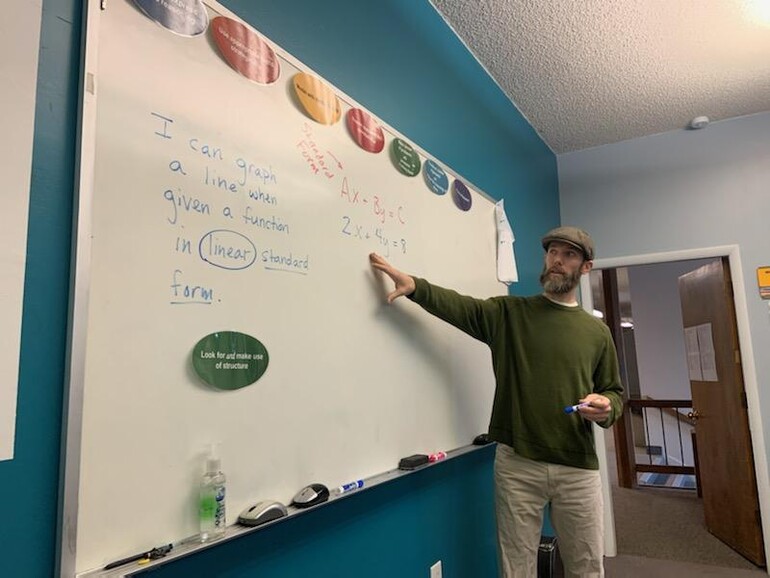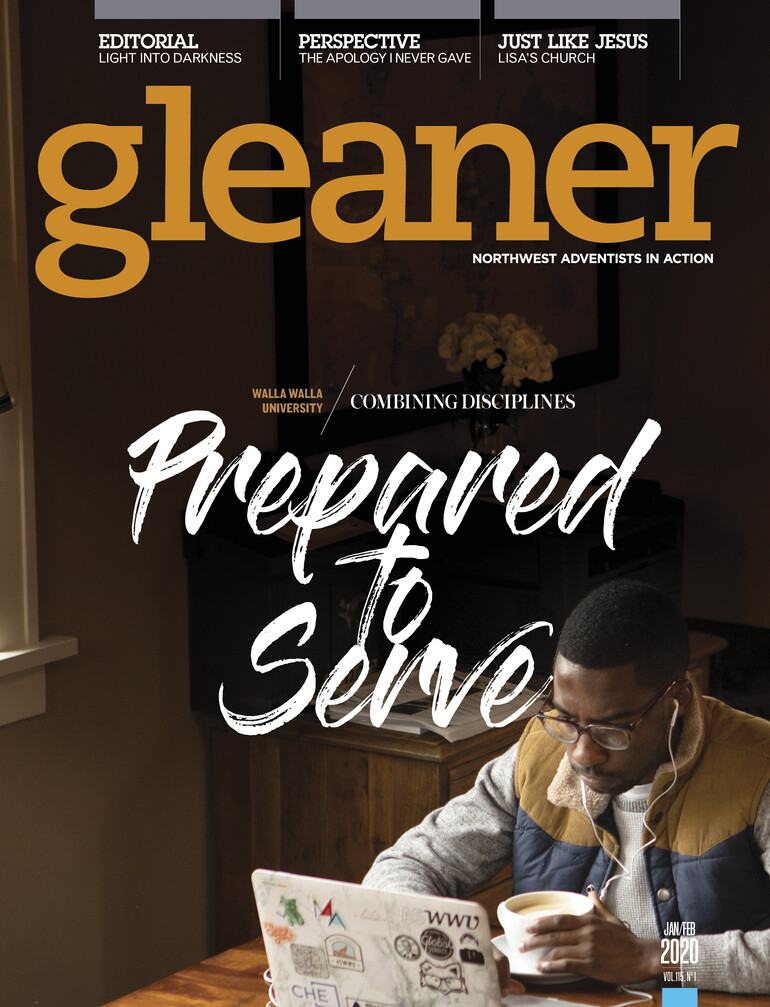As the slower pace of summer wound down, teachers from Montana's Mount Ellis Academy (MEA) spent several days learning first aid, preparing their classrooms and digging into the theory behind mastery-based teaching.
Starting this year, MEA committed to shift to a mastery-based teaching and learning model on campus. This student-centered approach focuses on developing skills and knowledge instead of accumulating points. It requires a shift in the thinking of teachers, students and parents.
Student achievement is measured against learning objectives or “I cans.” These learning objectives are clearly and consistently communicated to students. Teachers track student progress through assessments and use these assessments to inform how they teach and support each student. Students are given as many opportunities as they need to demonstrate their learning.
During the presession training, MEA teachers looked closely at the standards and objectives for each class and began designing mastery-based teaching units. After choosing the standards for their unit, the teachers began “unwrapping” the standards — deconstructing the wording of the standard in order to fully understand its meaning. After identifying their goal, teachers planned student assessments that would show acceptable evidence of learning. Finally, the teachers planned learning experiences to help students reach mastery in each class.
As MEA teachers continue on this mastery-based teaching journey, it will become evident in many ways. Walk into any classroom, and you may find learning objectives written on a whiteboard or poster, assessments with evidence of mastery and students talking about what they are learning instead of what grades they are earning.
Ultimately, MEA hopes the new instruction model will engage students to more fully understand coursework and be able make the greater application to life.










